Sketches from the Cube, Flora Edition
Last year I sketched 100 faces and pinned them to my grey cubicle wall.
Sketches from the Cube was born.
Recognizing the benefits of giving myself these creative breaks during a heavy left-brain workday, it didn't take me long to start another round of Sketches from the Cube, this time Flora edition.
My cubicle wall covered in flowers.
I LOVED this one. It was fun and easy and extremely satisfying.
Because of vacation and leave, a new job and a few office moves it took me nine months to complete my 100 sketches, but I did it! And my cubicle, spirits and productivity were all the better for it.
The tools
- one mix media sketchbook with 7"x10" sheets of 98lb/160g paper (I chose a higher quality paper for this edition to leave myself the option of playing with watercolours if I wanted to, but in the end I stuck to line drawings.)
- one black Sharpie
- one used wildflower book found in the freebie bin at a used bookstore: Plants of Waterton-Glacier National Parks and the Canadian Rockies
The process
- pull a blank sheet from my sketchbook and gently tear it in half or quarters (I started by sketching on half sheets, but quickly realized that it would be hard to fit 100 sketches of that size on my cubicle wall so I mixed it up with smaller 3 1/2"x5" pieces.)
- flip through my wildflower book and choose a photo that speaks to me
- sketch it quickly, no fuss
- repeat the process once more to create two sketches per sitting
The results
- 100 floral line drawings, sketched one sitting at a time
- a new-found love of floral line drawings
- positive feedback from colleagues and a request for one of my drawings when I moved on to another job, to which I readily said YES
- an increase in challenge later in the game, where instead of choosing just one image to sketch I combined two or three
- increased confidence in my ability to draw and meet a set goal
Day 11
Day 40 = Day 11 + Day 18
Day 18
The takeaways
This second edition reinforced the lessons learned in my previous experiment:
- You don't need fancy tools to make art (but too cheap isn't good either).
- You don't need a lot of time to make art.
- Pinning art on your cubicle wall is an amazing conversation starter.
- Regular practice leads to progress.
- That being said, there will be "off" days.
- Sharing incremental results is a good motivator.
- Completing 100 instances of something builds confidence.
- Bringing an art practice to the office reminds you that you are more than your day job.
What next?
Work has been busy and I am feeling a need to start a new round of sketches. I'm toying with a few subjects, possibly bringing in a bit of colour this time.
But I must set myself up for success: keep it simple, keep it portable and keep it FUN.
Fun is important!
In the meantime I leave you with a few favourite sketches and an invitation to consider an experiment of your own. What could YOU create from the cube?
Day 1
Day 20
Day 50
Day 10
Day 49
Day 3
Day 31
Day 50














